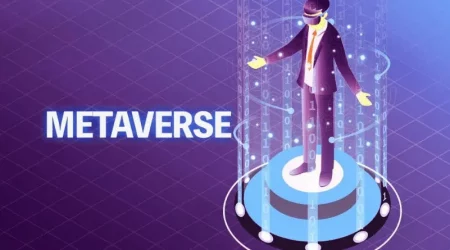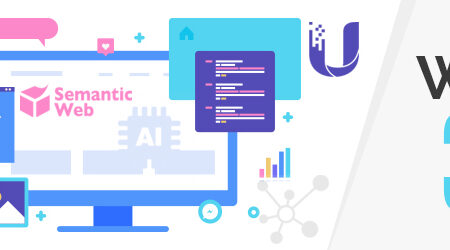What Web 3.0 Needs, More Users or More Investors?
While there are already a lot of venture capitalists and investors rushing to Web 3.0, the technology doesn’t yet have mainstream products. It lacks usable products for the mass market and needs more users. This is why Web 3.0 needs to attract more users and less investment. The current state of the technology is unappealing, and it’s unclear how the industry can attract more funding.
While investors are an essential subset of the population, they’re a tiny population segment. A project like Uniswap can only serve investors, not average users. It needs more users if it’s going to have any chance of success. A startup that focuses solely on finance will likely never become mainstream. Fortunately, there are a lot of projects in the works that have made incredible progress in their attempts to become Web 2.0 platform replacements.
Ultimately, web 3.0 needs more users, not more investors. Investors will always be a small subset of the population. For instance, Uniswap is only valid for an elite subset of people. It needs more users, not more investors. However, the industry needs to focus on everyday value instead of investing in products that appeal to the masses. The future of web innovation is centered on delivering value to the average user, not the rich.
Replacing Web 2.0: Imitation vs Innovation
While many computer-mediated teaching methods derive from pre-Web practices, Web 2.0 is based on entirely new architectures. RSS reading is closely related to clipping services. On the other hand, Blogs have been used for centuries to impart knowledge and reflections on current events. Web2.0 facilitates queries for information and reviews on current events by creating and monetizing a network of links.
The flaws of Web 2.0 have recently been revealed. A former Facebook product manager testified to Congress about the importance of profits over user safety. The centralized services of Facebook were down for days, and users were unable to access them. As a result, the popularity of social media sites like Facebook and Twitter was destroyed. This was the result of the winner-take-all economy of Web 2.0.
Using the Web as an example, digital futurists helped develop the intellectual concepts of Web 2.0. One chapter discusses how Internet users want the information to be free and easy to find. The next chapter discusses the benefits and drawbacks of these concepts. The most notable use of Web 2.0 is its ability to enable individuals to share information and collaborate without boundaries. Its many advantages can also help companies compete with one another.
Imitation and innovation: While Web 2.0 has had its problems, the impact on specific sectors has been clear. The most impacted sectors were the media, retail, and advertising industries. With Web 3.0, we have reached new levels of decentralization, trustless connectivity, and ubiquity. The next chapter in the series explores the importance of innovation and its place in the web world.
Read More: The Best Penny Cryptocurrency To Invest In 2022
Why We Need Users for Web 3.0
Web 3.0 has a great potential to transform the way we live our lives, but there is a problem. While this new web-based environment can allow for better collaboration and more streamlined processes, it has a massive lack of usable and appropriate products for the mainstream audience. This means that we need more users to help us build the right products for the right audience. We need people who are willing to help us make these fantastic tools.
Internet 2.0 was created in the early 90s and dominated a few pioneering companies. Still, the lack of regulation and low entry barriers has led many people into the cryptocurrency industry. In contrast, Web 3.0 products tend to be dominated by retail investors, who usually supply the user numbers that companies need to build and maintain. By creating user-centric products, these companies will provide greater transparency and improve their customer experience.
Unlike the traditional internet, Web 3.0 technology brings users and machines together in content creation and decision-making. Web 3.0 services will rebalance the power dynamics between users and platforms by democratizing knowledge and empowering creators. They will allow creators to step outside of walled gardens and take control of their destiny. And the data they provide will be easily accessible and portable.










Leave a Reply